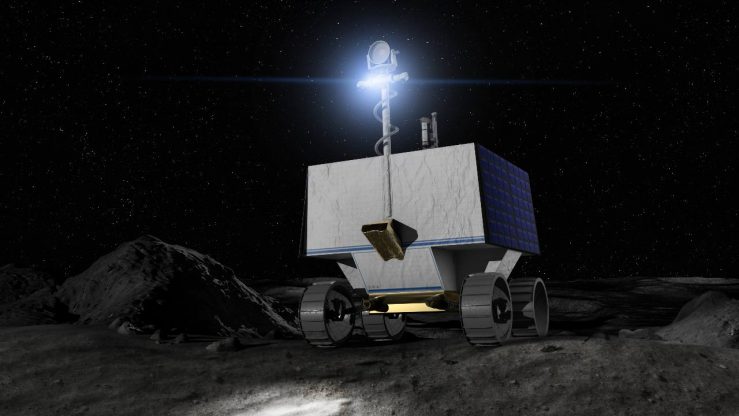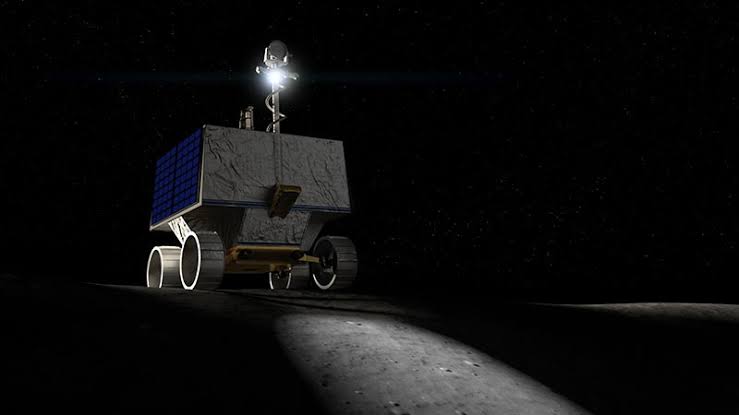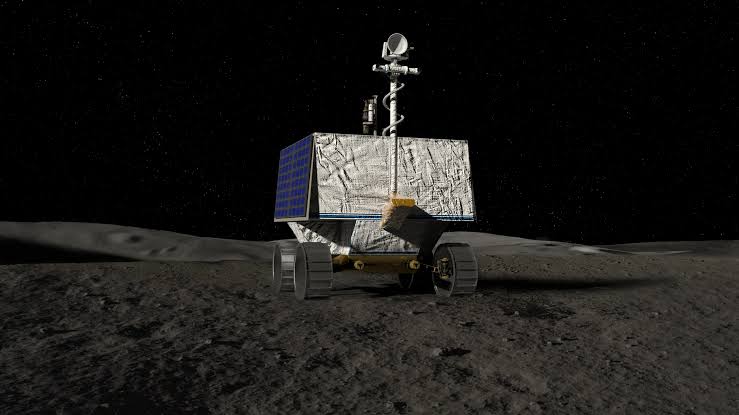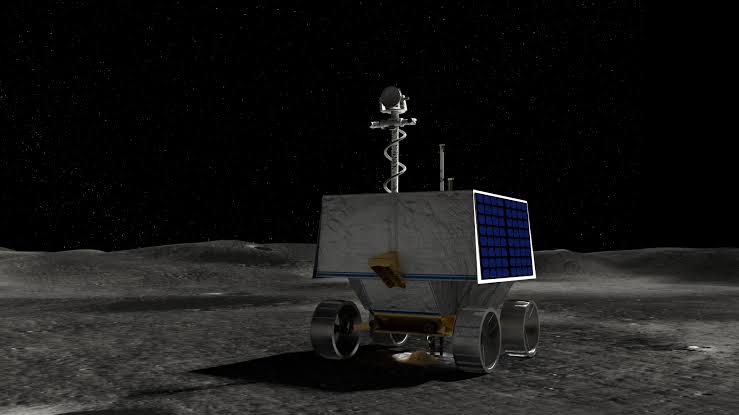NASA has selected the Nobile Crater, the nation in the Moon’s south pole, as the landing site of its ice-seeking rover. Volatiles Investigating Polar Exploration Rover (Viper) will be launched aboard the SpaceX Falcon-Heavy rocket in 2023 as part of Nasa’s Arte Programme and will reach the lunar surface on the back of Astrobotic’s Griffin lander. It will be the first rover to explore the Moon’s south pole.

NASA said on September 20 it selected a crater near the lunar south pole as the landing site for a rover called VIPER that will look for water Ice at and below the surface.
The region has so far been studied only using remote sensing instruments like those aboard Nasa’s Lunar Reconnaissance Orbiter, Isro’s Chandrayaan-1, and Chandrayaan-2. On Monday, Thomas Zurbuchen, associate administrator for science at Nasa headquarters, said in a statement the areas surrounding Nobile Crater showed the “most promise” in the scientific pursuit of collecting data on the presence of water and other resources at the Moon’s south pole from the ground.

“The data Viper returns will provide lunar scientists around the world with further insight into our Moon’s cosmic origin, evolution, and history, and it will also help inform future Artemis missions to the Moon and beyond by enabling us to better understand the lunar environment in these previously unexplored areas hundreds of thousands of miles away,” Zurbuchen said.
Why Nobile Crater?
Over some time, scientists have established that ice and other potential resources exist in eternally shadowed areas of the Moon, that is areas near the poles. The US space agency NASA said that Nobile Crater is also one such area permanently covered in shadows. According to NASA, the impact crater, formed through a concussion with another smaller celestial body, was chosen as Viper’s landing site due to its “rover-accessible terrain and array of nearby sites of scientific interest.”

Areas surrounding Nobile have smaller, more vulnerable craters that will provide the rover with ideal locations to probe ice and other resources, Nasa said. It also provides a lot of flexibility for the rover to traverse paths to use solar panels for charging and staying warm during its 100-day journey. The planned trajectory for exploration is expected to help Viper visit at least six sites of scientific interest.
“Our evaluation of the landing site was driven by science priorities,” Anthony Colaprete, Viper lead project scientist at Nasa’s Ames Research Center in Silicon Valley, California, said in a testimony.

“We seek answers to some pretty complex questions and studying these resources on the Moon that have stood the test of time will help us answer them.”
Resham Arora, Who Starred In Agneepath, Has Come Forward With A Financial Issue.
“If we find there’s no water in any place we look, ” Said NASA, “That is a fundamental discovery and we will be scratching textbooks again.”

